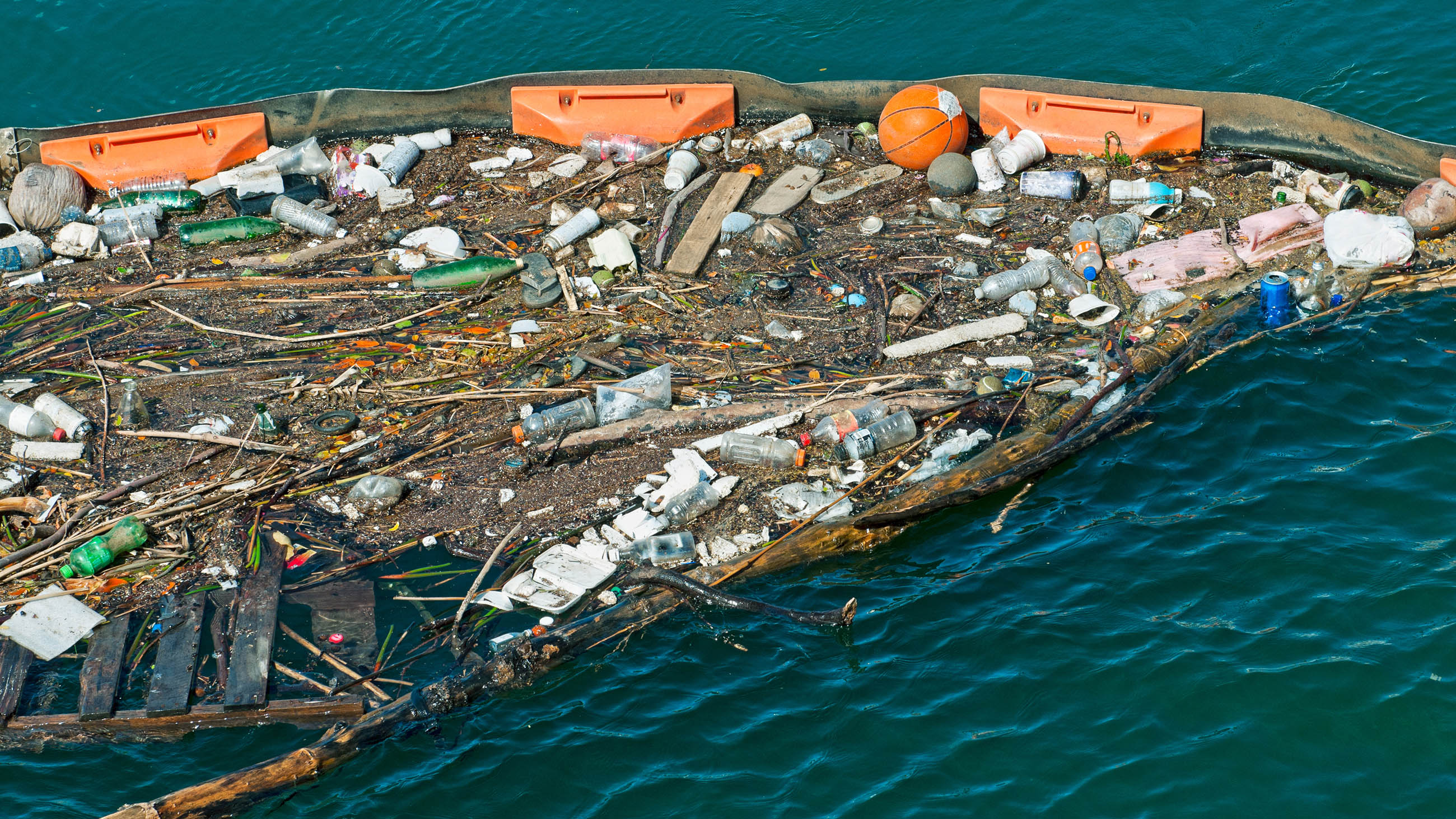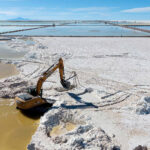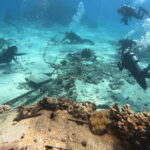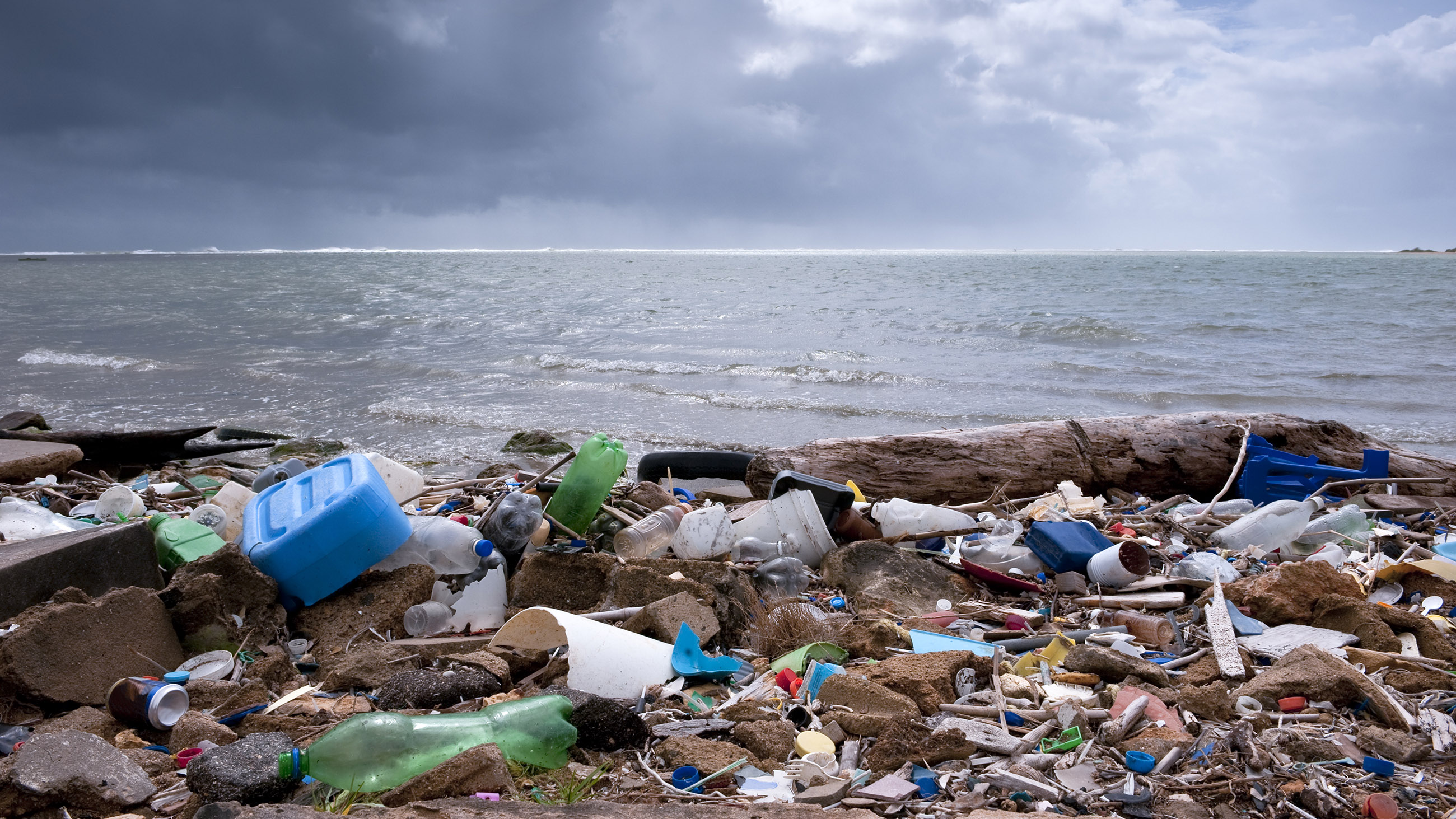When it Comes to Microplastic, We’ve Only Scratched the Surface
When most people think of Hawaii, they think of turquoise-blue waves lapping at pristine white-sand beaches. They think of luaus and leis, and of surfing and spam. What they probably don’t think about is plastic.

And yet they should. An alarmingly high amount of it is currently washing up on Hawaii’s coastlines.
“Many of Hawaii’s beaches, even the most remote, accumulate trash brought there by the eastern Pacific Ocean gyre,” says Henrik Beha Pedersen, founder of Plastic Change, a Danish nonprofit focused on fighting ocean pollution. “Hawaii lies in the path of a moving mass of garbage.”
It’s generally understood how ocean currents conspire to create that moving mass of garbage, which is popularly known as the Great Pacific Garbage Patch (though that itself might be something of a misnomer). But new research is just beginning to shed light on what happens before that plastic washes up on shore.
In November, I visited Kamilo Beach, one of the locations particularly hard hit, during a cleanup hosted by the conservation nonprofit Hawaii Wildlife Fund. There, plastic of all shapes and sizes — water bottles, children’s toys, straws and toothbrushes — crunched underfoot, layered on top of the sand.
I arrived after a 23-day sailing trip with Pedersen and a small science crew, during which we saw everything from a shredded orange laundry basket, a tangle of nylon ropes and nets, and a pink dustpan, floating by our 54-foot sailboat in spurts every five to 10 minutes. But more often, we saw what looked like light dust clouds in the water — accumulations of tiny plastic fragments called microplastic.
It’s this microplastic that scientists at Plastic Change and across the world are studying most intently. Besides combing the ocean’s surface, the group also samples water in the middle layer of the sea, at 660 feet deep — something that’s never been done before in the Pacific. Pending studies on these deeper water samples might reveal whether or not the plastic particles exist at lower ocean depths.
“Up to this point, scientists haven’t really looked for microplastic beneath the surface,” says Kristian Syberg, an associate professor at Roskilde University in Denmark and the lead scientist on the expedition. “We already know microplastic is on the water’s surface. We want to know if it’s accumulating elsewhere in the water column.”
Similar research in the Atlantic Ocean has already found that microplastic is present much deeper than previously believed. And a study published last September showed that microplastic had even been ingested by animals like sea cucumbers and hermit crabs, which can live at depths of up to 6,000 feet.
That’s worrisome to experts for several reasons.
Plastics don’t biodegrade. They only break up into smaller pieces, and these bits have a propensity for absorbing toxins from the surrounding environment. And when fish, sea birds, and other marine animals mistake microplastic for food and eat it, toxins get stored in the fat deposits of their bodies, poisoning them slowly over time, and potentially moving up the food chain.
The deeper the plastic permeates, the greater the number of marine creatures it can affect. What’s more, finding plastic at greater depths could mean that current estimates of the oceans’ total plastic load — 165 million tons on the surface alone — have been grossly underestimated. This could mean more plastic washing up on beaches in Hawaii and elsewhere in the world.
While beach cleanups are helpful in reducing plastic in the environment, conservation advocates say what’s needed most now is a major reduction in plastics use. That, experts say, can be achieved with stronger policies banning use of plastics. Plastic bag and Styrofoam bans have already been implemented in some municipalities, and the U.S. and U.K. have national bans on microbeads.
“Something to think about each time you have an opportunity to purchase, or refuse, a plastic water bottle, shampoo dispenser or snack pack in plastic packaging,” says Megan Lamson of Hawaii Wildlife Fund, “is,‘Will this end up in a fragment on a beach some day in the future?’”
Erica Cirino is a freelance science writer based in New York. She covers wildlife and the environment, and specializes in biology, conservation, and policy.










